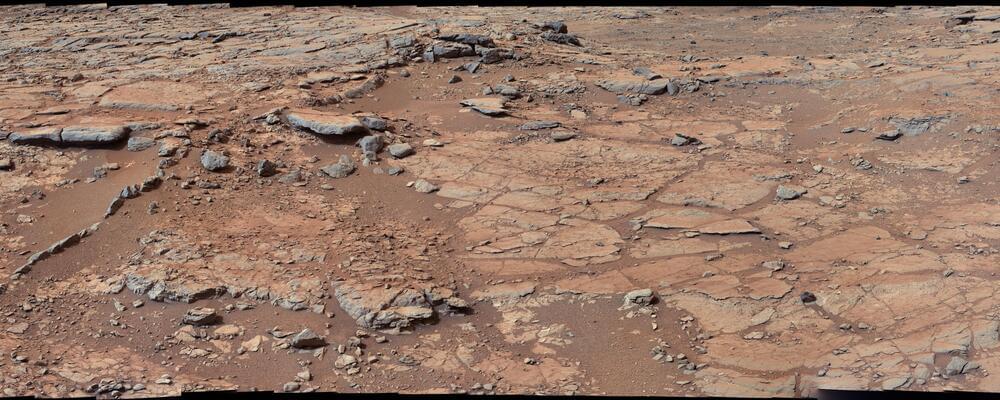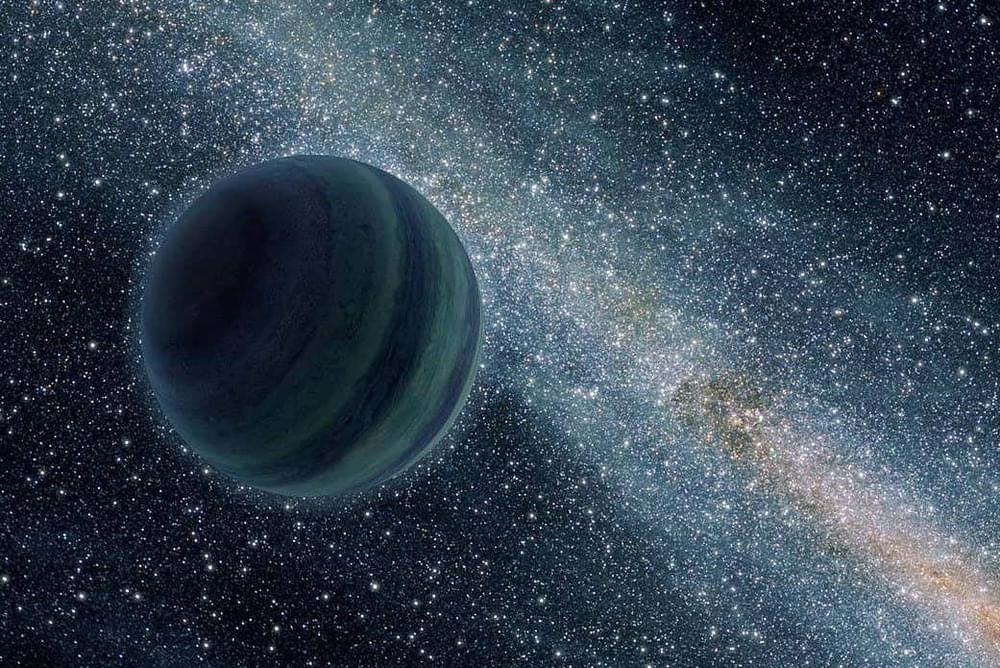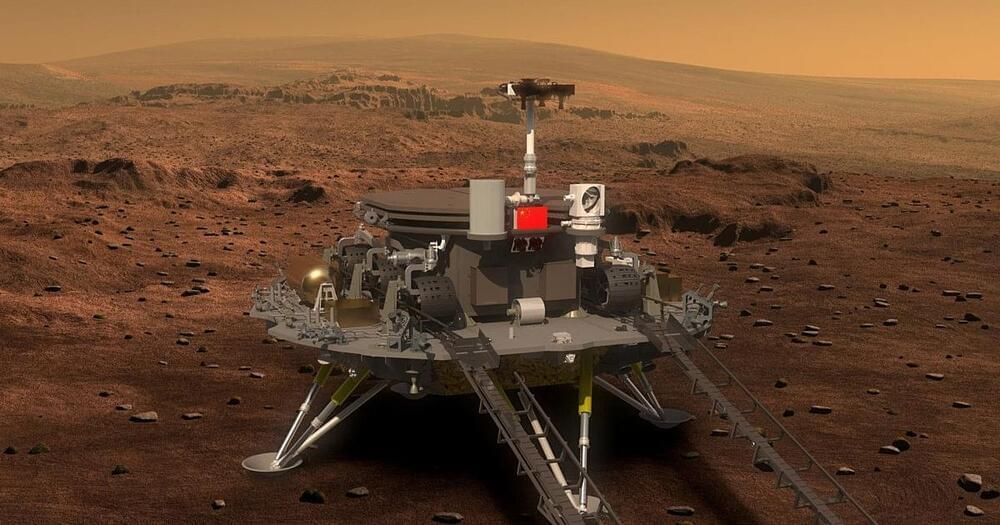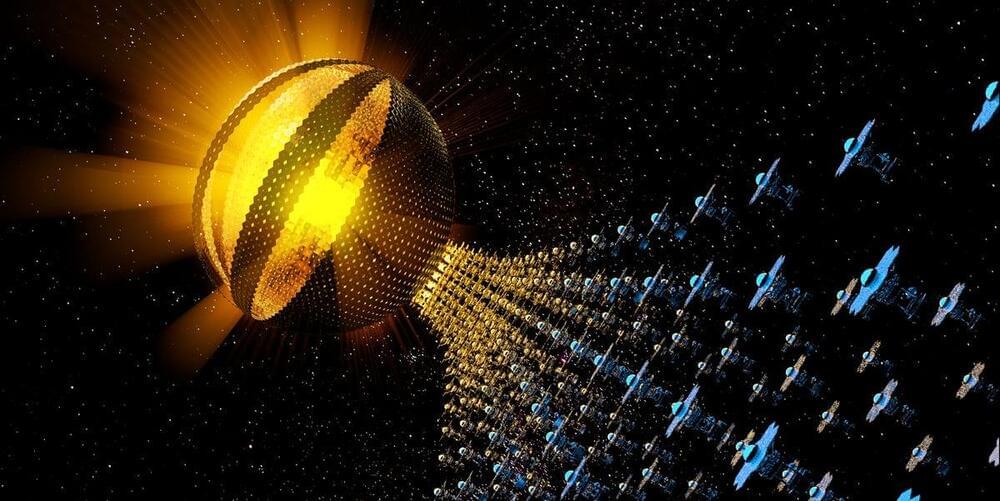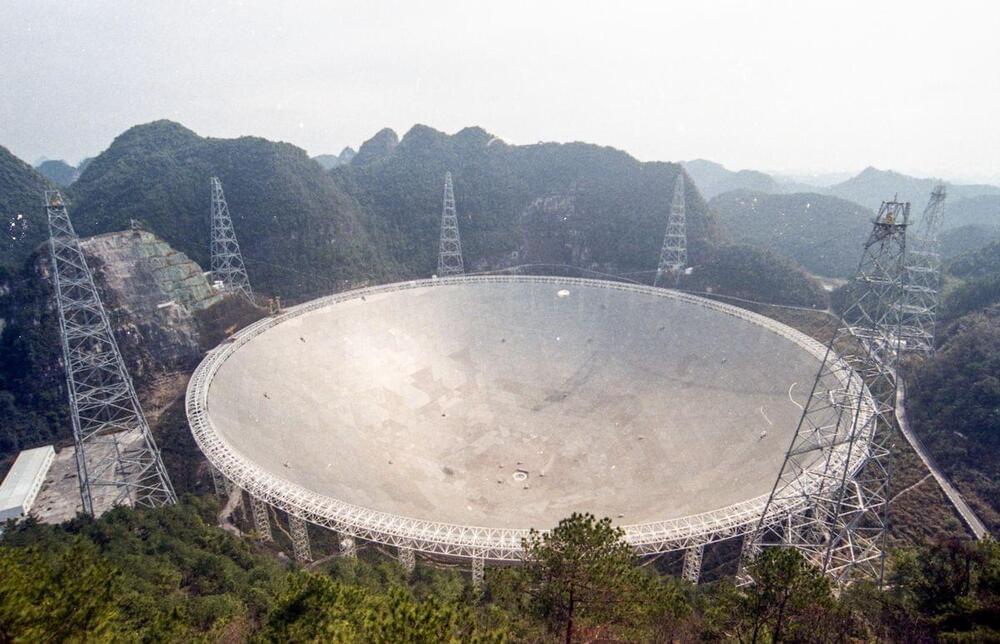Traveling far distances in space is difficult, but advances in jet propulsion and genetics are making it possible. Trace is joined by Dr. Kiki Sanford to discuss how by altering the genes in our own bodies, we can make ourselves more fit to survive on other planets!
Follow Kiki on Twitter: https://twitter.com/drkiki.
Check out her website: http://www.about.me/drkiki/
The Habitable Exoplanets Catalog.
http://phl.upr.edu/projects/habitable-exoplanets-catalog.
First Synthetic Yeast Chromosome Revealed.
http://www.nature.com/news/first-synthetic-yeast-chromosome-revealed-1.14941
“It took geneticist Craig Venter 15 years and US $40 million to synthesize the genome of a bacterial parasite. Today, an academic team made up mostly of undergraduate students reports the next leap in synthetic life: the redesign and production of a fully functional chromosome from the baker’s yeast Saccharomyces cerevisiae.”
Reworking the Human Genome So People Can Colonize Other Planets.
http://phys.org/news/2014-03-reworking-human-genome-people-colonize.html.
“If you haven’t thought about reworking the human genome so people can colonize other planets, don’t worry. Plenty of people are on it.”
Genes and Galaxies.
